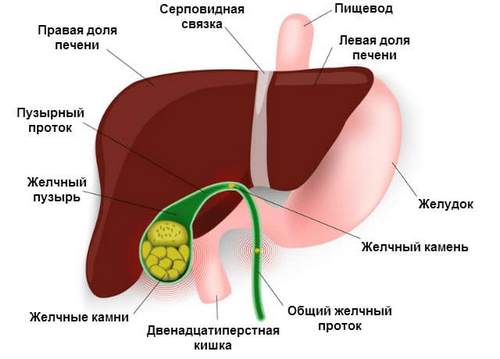Hepatitis C, genotype 3, 2 and 1, is a strict anthroponosis, i.e., the disease affects only humans, and for animals not to be found. This is an infectious process that can occur in both acute and in the chronic form.Is caused by a virus has 2 main ways of transmission: injecting and sexual. Why so dangerous this virus is?
The pathogen causing viral hepatitis C, refers to the so-called RNA-containing viruses. This explains its ability to mutate, to change depending on external circumstances. That’s what went into genotype 3, 2 and 1. Experts believe that such variability allows the pathogen to protect themselves from exposure to the immune system of a diseased person, which complicates the treatment of infectious process.
It should be noted that the term “genotype” means that these agents belong to the same family of viruses, rather, to the Flaviviridae. They differ only by the presence of minor genetic variants within the building. Genotypes of hepatitis C virus in different regions unevenly distributed.
In addition, they may vary and the transmission mechanism.
So, scientists confirmed that genotype 3 is usually diagnosed in addicts who prefer parenteral method of administration of drugs.
How is the virus spread?
How can a person be infected with a virus? In this case, the main source of infection is sick with the active form of disease, but the most dangerous latent carrier. The person from whom the virus (e.g. having genotype 3) clinically apparent. The disease may be asymptomatic or atypical. In this case, the patient, not knowing that the problem exists and are able to infect more people. Hepatitis C is mainly characterized by the presence of parenteral mechanism of infection. Sex is not denied, but it’s not as common as, for example, in hepatitis B. We have already identified as transmitted infection. This mostly occurs through the blood.

Experts distinguish such ways of human infection by a similar virus:
- transfusing blood components for therapeutic purposes;
- when providing cosmetic services reusable instruments are not subject to mandatory disinfection treatment (with manicure or pedicure is a great possibility to obtain hepatitis, with genotype 3A);
- when tattooing the skin of non-sterile instruments;
- unskilled conduct of body piercing;
- the injection method of administration of drugs;
- in the case of non-sterilization and disinfection regimes in hospitals in the provision of medical care, including surgery or obstetrics;
- do not deny the possibility of infection with sexually transmitted infection (for example, a virus having a genotype 3ab).
Identified symptoms?
For viral hepatitis C, as for any infection, is characterized by a so-called incubation period. This is a period of time that elapses from the moment of infection until the first signs of the disease. They usually do not develop earlier than 2 weeks after infection.
However, the main danger of this type of hepatitis is that infection in a patient does not appear. As a result, people do not know about their disease, not treated and becomes a source of infection for other people. In this case, to diagnose the presence of hepatitis C virus, for example, with genotype 3A, may accidentally, in particular when attempting to donate blood a person as a donor or with the passage of the preventive examination.
The clinical picture
As we have mentioned above, virus hepatitis C in the early stages is practically not diagnosed, because of the lack of characteristic symptoms. The diagnosis is primarily exhibited when a virus is detected during preventive examination of blood or when the first symptoms of serious disorders of the liver. In the latter case, since the infection can pass more than a dozen years.

Often in the early stages of the disease is manifested by the following signs:
- Symptoms of General intoxication in the form of fever, weakness, muscle and joint pain.
- The patient often complains of the decline of the mood and the development of depression.
- Can occur disorders in the gastrointestinal tract in the form of reduced appetite, complaints of nausea and pain in the epigastrium.
- Icteric period of hepatitis C virus typically are not typical.
If we talk about the jaundice, it is most often detected only at later stages of pathology.
In this case, the hospital infection is accompanied by:
- the increased regional vasculature, particularly in the area of the digestive tract;
- hypertensive manifestations from the neck vein;
- massive bleeding in the area of the veins of the esophagus;
- cirrhosis of the liver.
As a result, the hepatitis with genotype 3, can lead to death of the patient due to the development of massive bleeding in the oesophagus or liver cancer.
Treat hepatitis C
Hepatitis C treatment starts with changing the diet. The patient is warned against the consumption of animal proteins, besides fatty, smoked and fried dishes. He prescribed therapeutic diet №5. Upon confirmation of the diagnosis and detection in the blood of the pathogen the patient is prescribed therapy specific antiviral drugs. Is Interferon in combination with Riboflavin. They restore the immune system of the patient.
In the appointment of timely hepatitis C treatment the probability of full recovery is quite large, comprising up to 80%. Namely genotypes 2 and 3 it is best to care



